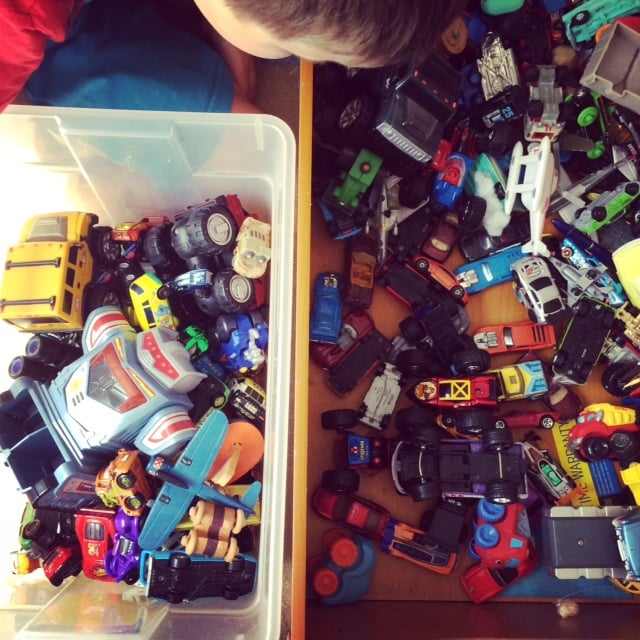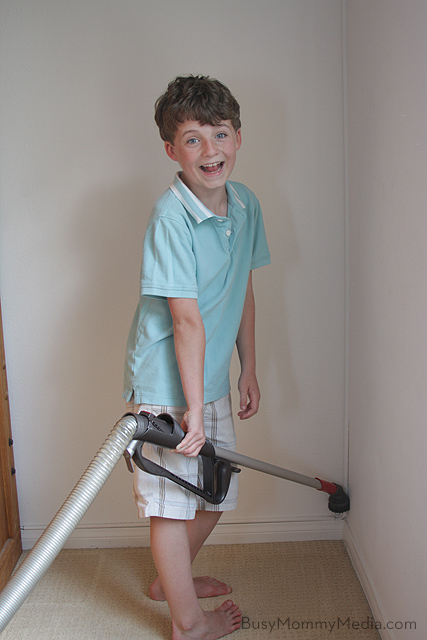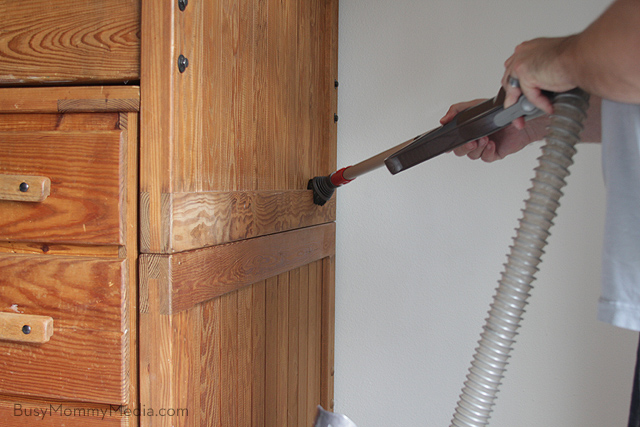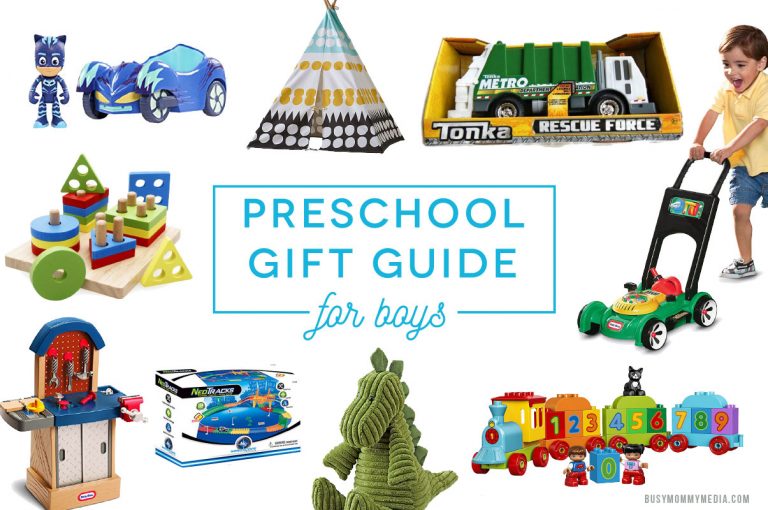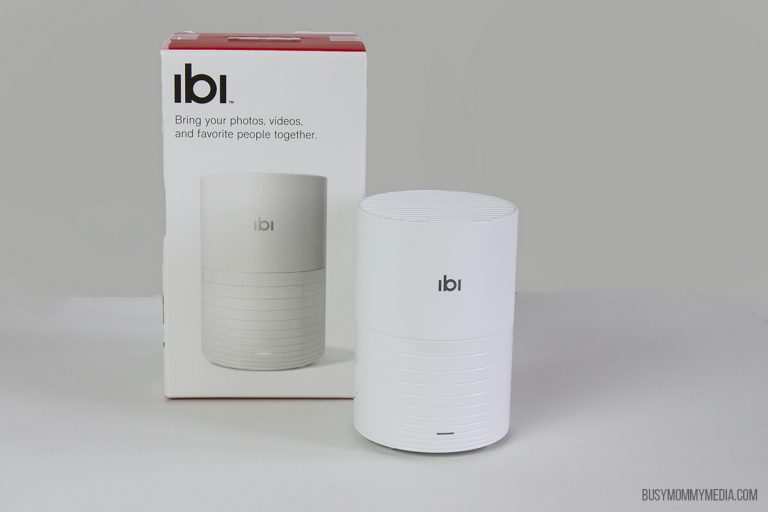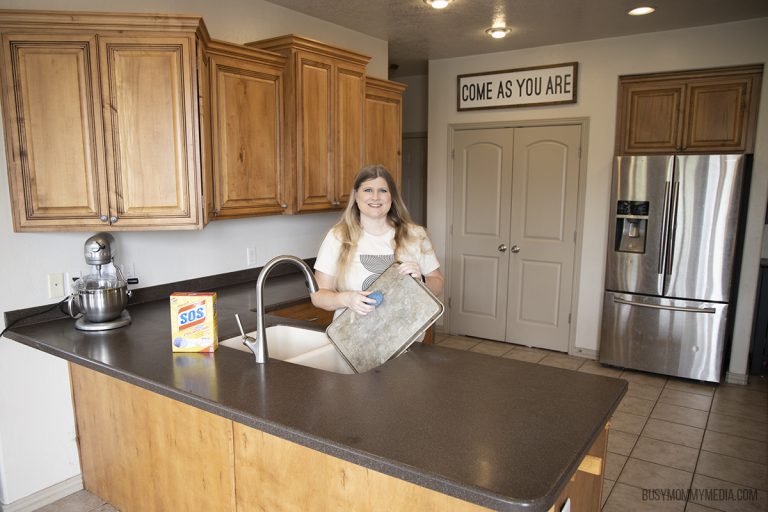How to Create an Asthma-Friendly Bedroom
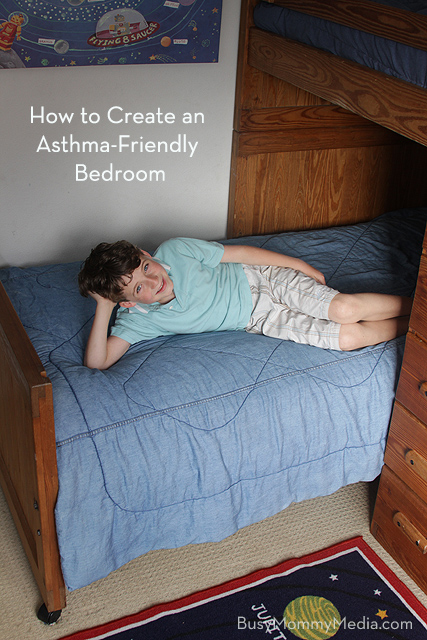 When my son was diagnosed with asthma we knew that we’d need to make some changes around our home to improve his health. One of the first places we needed to make changes was his bedroom.
When my son was diagnosed with asthma we knew that we’d need to make some changes around our home to improve his health. One of the first places we needed to make changes was his bedroom.
Kids spend up to 12 hours a day sleeping, depending on their age, so it makes sense that a child with asthma needs a bedroom that is as asthma-friendly as possible.
If you followed along when I shared my son’s asthma story, you’ll know that most of his breathing problems got worse at night so the bedroom was the first place we started to make environmental changes.
A few simple changes to his bedroom environment made an enormous difference in his health and comfort level so if you have a child with asthma (or suffer from asthma yourself) I’d highly recommend an asthma-friendly bedroom makeover.
We recently went through a very detailed bedroom makeover in my son’s room.
No, his room is still not worthy of any magazine covers or even Pinterest, but we made changes that were far more important for his health.
Here’s what we did to create an asthma-friendly bedroom space for him to enjoy:
Declutter
Clutter is not only a pain to organize but it attracts dust, which is horrible for a child with asthma. Before you do anything else, start by systematically decluttering your child’s room.
The first thing to go should be stuffed animals which can harbor dust mites. My kids weren’t willing to part with all their stuffed animals but they were willing to pare them down to only a few each. Make sure the ones that you keep can be thrown in the dryer and get in the habit of throwing them in the dryer for 10 minutes every few weeks. The heat from the dryer should kill most of the dust mites and brush off any dust that has accumulated.
Declutter in short sessions if you need to and get your kids to help so they feel involved. The less stuff you have the easier it will be to keep surfaces dusted and vacuum in all the random places like under the bed and the closet floor.
We had a huge drawer of cars under my son’s bed that rarely got played with. It was making it hard for me to routinely vacuum under the bed so I gave my kids a much smaller box and told them they could keep as many cars as they could fit in the box. They felt included and we cut our car collection by over two thirds.
Vacuum
If you have a child with asthma, a good quality vacuum is your best friend. I got a refurbished Dyson years ago that has been fantastic. Make sure whatever you buy has an built in HEPA filter and isn’t going to release dust back into the air when you empty the vacuum.
Once you have the clutter out of the way you can vacuum in all those harder to reach places. Ideally you could move the furniture around to really vacuum well once a year or so. We have some seriously heavy bunkbeds and they are not moving anytime soon so we did the next best thing. Use a handheld vacuum or the hose extension on your vacuum to get as much dust out from under the bed as you can.
Feel free to use child labor for this.
Of course, I will say that if your child is currently having asthma symptoms, having him in the room while you dust and vacuum isn’t really the best idea. Sending him under the bed is worse.
Be sure to vacuum all the places that dust accumulates like baseboards, the closet floor, and the edge of the carpet.
Once you have thoroughly vacuumed all the crevices, dust everything that remains. Be sure not to miss the window sill, window blinds, and furniture edges.
Use Green Cleaning Products
Commercial cleaning products contain toxic chemicals that are really rough for kids with asthma. Replace your cleaning products with homemade versions for a healthier alternative. As an added bonus, the homemade version is much easier on your budget too. Clean hard surfaces with a vinegar and water mixture (I like to use equal parts of both). Wood can be cleaned with olive oil mixed with a splash of vinegar and a few drops of orange essential oil.
Go for a Healthier Mattress
Mattresses are notorious as a place for dust and dust mites to build up. You should be taking routine steps to keep your mattress refreshed and definitely replace your mattress when it gets older. New mattresses come with their own set of problems though. Conventional mattresses can off-gas for years, which is even more of an issue for a child with asthma.
The best choice is to go with an organic mattress and it’s probably the one place you really should splurge in your child’s bedroom. Naturepedic is well known for their great crib mattresses but they also make larger size mattresses for older kids. A Naturepedic twin mattress has been on my wishlist for my son for a while so we were thrilled when they offered to send us a mattress to help with our asthma-friendly room makeover. (Check back soon for our full review.)
If an organic mattress isn’t in your budget, you can get an organic mattress pad and read these tips from Healthy Child about how to prevent off-gassing if you can’t afford an organic mattress.
Inspect your Pillows
Pillows should be thrown out every 2 years. Older pillows can have up to 10% of their weight made up by dust mites and their droppings. Gross! Once you have new pillows, look for an allergy pillow cover to zip onto your pillow and go underneath your pillowcase. This will help prevent dust and dust mites from building up.
Open the Windows
Yes, I realize opening the windows will let in some dust but it’s also going to let out all of that nasty indoor air pollution that you want to get rid of so open up your windows as often as you can. We live in a coastal area so we’re lucky enough to be able to keep our windows open nearly year-round. I love the fresh feeling you get from having a nice breeze through a room. Everything smells better and I don’t have to worry about indoor air pollution building up.
If you can’t open your windows often, I’d highly recommend investing in an indoor air purifier. They can be a bit pricey but they are well worth the investment if you have a child with asthma.
Do you have a child with asthma? What changes have you made in your home to make it more asthma-friendly?

